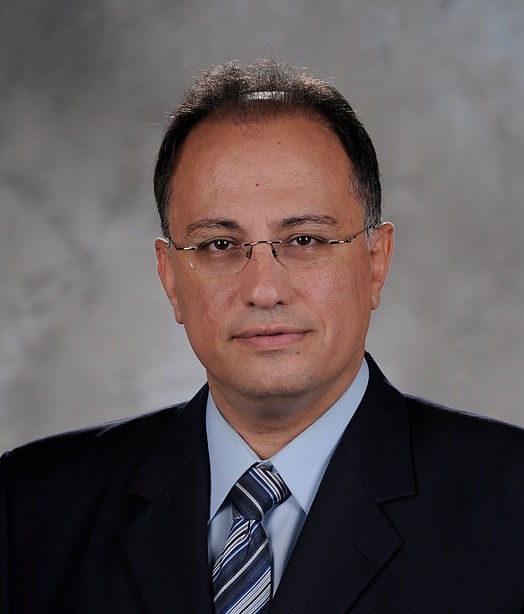[Seminar] Prof. Anja Skrivervik (Ecole Polytechnique Fédérale de Lausanne, Lausanne, Switzerland),
“Small antennas – from mobile phones to implanted sensors,” 9th Jan 2019 @ National University of Singapore
[Tutorial Talk] Prof. Anja Skrivervik (Ecole Polytechnique Fédérale de Lausanne, Lausanne, Switzerland)
“Small antennas – from mobile phones to implanted sensors, Part I: miniaturized antennas & Part II: implantable antenna,” 8th Jan 2019 @ National University of Singapore
[Technical meeting ] Organization of major events in the AP-S/ RFID field in Romania
a technical meeting of the IEEE Romania Section – AP-S/RFID Jt. Chapter
[Seminar] Prof. Tony Quek (Singapore University of Technology and Design, Singapore)
“AI: A Networking and Communication Perspective.”
[Committee Meetings] Four committee meetings in 2019
[Committee Meetings] Four committee meetings in 2019: 18th Feb, 17th May, 21st Aug, 21st Oct.

Welcome to CRFID
Welcome to the IEEE Council on RFID, or CRFID! CRFID’s focus on radio frequency identification and the Internet of Things is exhibited through our activities, conferences, and publications. Two IEEE international conference series—RFID and RFID-Technical Applications (RFID-TA)—in addition to workshops, conference program tracks, and technical forums—foster technical exchanges on RFID. CRFID supports technical committees, which study the latest technical developments in fields such as RFID and security and reliability, circuits, signal processing, standards, cyber-physical and internet of things systems. Learn more from our Vice President Technical Activities, Magdy Bayoumi. CRFID chapters are now being formed, with the first one in Singapore Section. More are in the works. Reach out to

Manos Tentzeris
Title: Inkjet-/3D-Printed Nanotechnology-enabled Wireless Communication, Sensing and RFID Modules for Internet of Things, “Smart Skin” and “Zero-Power” Applications Manos Tentzeris, Professor in ECE, Georgia Institute of Technology Atlanta, Georgia, USA Abstract Nanotechnology and Inkjet-/3D-printed flexible electronics and sensors fabricated on paper , plastic and other polymer substrates as well as silicon wafers are introduced as a sustainable ultra-low-cost solution for the first real-world paradigms of Internet of Things, “Smart Skins” and “Zero-Power” applications. The talk will cover examples from HF/UHF RFID’s up to the millimeter-wave frequency ranges (mmID’s), while it willl include the state of the art of fully-integrated wireless sensor modules on paper or flexible polymers and show the first

George Xiao
Title: Printed Electronics and RFID Dr. Gaozhi (George) Xiao Senior Research Officer Institute for Microstructural Science National Research Council Canada Abstract: Printed electronics is using the printing techniques, such as flexography, gravure, inkjet, offset lithography and screen printing, to create electronic devices. It is an emerging technology and can be used to fabricate simple and low cost devices on any solid substrates such as paper, plastic, rubber, fabrics and etc. This makes printed electronics ideal for the fabrication of RFID inlays, and devices for wearable, IOT and disposable medical diagnosis applications. This presentation begins with the introduction of the printed electronics technology, its advantages and disadvantages and its major applications.

Magdy Bayoumi
From RFID to Cyber-Physical Systems: Reality, Dreams, and Fantasy Magdy Bayoumi Z.L. Loflin Eminent Scholar Endowed Chair Professor at The Center for Advanced Computer Studies (CACS) University of Louisiana at Lafayette (UL Lafayette) Lafayette, Louisiana, USA Abstract The integration of physical systems with networked sensing, computation networks, and embedded control with actuation has led to the emergence of a new generation of engineered systems, the Cyber-Physical Systems (CPS). Such systems emphasize the link between cyber space and physical environment (i.e., time, space, and energy). CPS represents the next generation of complex engineering systems. They are large scale dynamic systems that offer significant processing power while interacting across communication networks. RFID was
